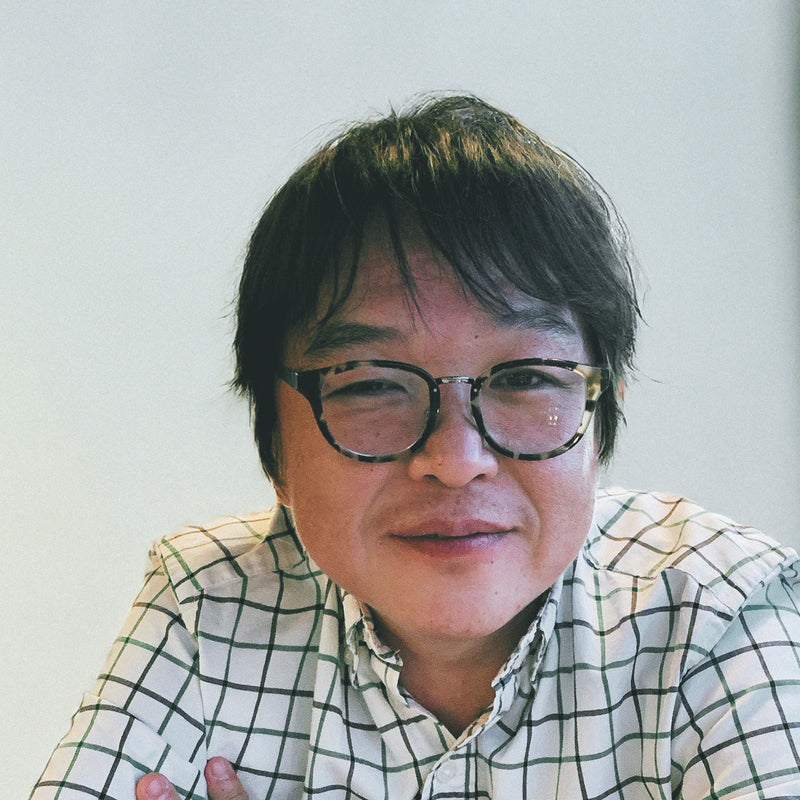We often associate single bevel knives with Japanese knives and rarely hear about it on other knives. What makes single bevel knives unique? Can we only find it on Japanese knives? Let's check it out.
Single Bevel being better than Double Bevel
What may be considered "better" can vary based on the specific task, cutting technique, and personal skill level. However, there are certain advantages that single bevel knives offer, which some users may find beneficial:
Precision
Single bevel knives are designed for precise, controlled cuts. The flat backside and the sharp beveled edge allow for exceptional accuracy.
Clean Cuts
Due to their acute bevel angle and exceptionally sharp edge, single bevel knives can create clean, thin slices with minimal tearing or bruising. Single Bevel knives are particularly advantageous when working with delicate ingredients like fish or vegetables.
Versatility in Cutting Styles
Single bevel knives are often available in different shapes and profiles, each catering to specific cutting techniques. For example, the Yanagiba is a long, narrow single bevel knife used for filleting fish and slicing sashimi without crushing or tearing it—an easy tool to prepare most Japanese dishes. At the same time, the Usuba is a vegetable knife designed for precise vegetable cuts. This variety allows users to select a knife that aligns with their preferred cutting style.
Tradition and Aesthetics
Single bevel knives are deeply rooted in Japanese culinary traditions and hold cultural significance, for those who appreciate and value the heritage and craftsmanship associated with Japanese knives, single bevel options offer a connection to that tradition and a sense of authenticity.
It's worth mentioning that while single bevel knives offer these advantages, they require specialized care, sharpening techniques, and a learning curve to maximize their potential. They may not be as versatile as double bevel knives for general kitchen tasks like chopping or dicing. Ultimately, the "better" choice between single bevel and double bevel knives depends on your specific needs, cutting style, and personal preferences.
Single bevel knives are favored for their precision, while double bevel knives offer versatility and ease of use.

Single Bevel on Other Knives
Single bevel knives are not exclusive to Japanese cuisine or knives. While single bevel knives are commonly associated with Japanese culinary traditions, they are not limited to Japanese knives alone. Single bevel knives can be found in other culinary traditions as well.
Here are a few examples:
- Chinese Cleaver (Cai Dao): The Chinese cleaver is a single bevel knife commonly used in Chinese cuisine. It has a wide, rectangular blade with a single bevel edge, typically with a slight curve towards the tip. The Chinese cleaver is versatile and used for various cutting tasks, including slicing, dicing, and chopping.
- Thai Vegetable Knife: The Thai vegetable knife, also known as a "Thai cleaver," is a single bevel knife in Thai cuisine. It has a broad, rectangular blade with a single bevel edge. It is primarily used for preparing vegetables and herbs and making precise cuts in ingredients like fish and meat.
- Southeast Asian Meat Cleaver: In various Southeast Asian countries, such as Vietnam and Cambodia, a single bevel meat cleaver is commonly used. This cleaver type has a heavy, wide blade with a single bevel edge. It is used for butchering meat, chopping bones, and other heavy-duty tasks.
Double bevel knives are more common in Western culinary traditions and are versatile for various cutting tasks. They are used for slicing, chopping, dicing, and general kitchen work.
It's important to note that these non-Japanese single bevel knives' design, shape, and purpose can vary within each culinary tradition. While they share the characteristic of having a single bevel edge, they may differ regarding blade profile, weight, and specific regional preferences.
Get Free Bonus Books

Sign up for free to the Japanese Knife Club to get advice and exclusive articles about how to choose Japanese Knives, and tips and tricks for using Japanese knives.
About the author
Kei Nishida
Author, CEO Dream of Japan
Certification: PMP, BS in Computer Science
Education: Western Washington University
Kei Nishida is a passionate advocate of Japanese craftsmanship, a writer, and the founder and CEO of Japanese Knife Co., Japanese Green Tea Co., and Japanese Coffee Co., all part of Dream of Japan.
His journey began with a mission to introduce the world to the exquisite flavors of Japanese green tea. Through Japanese Green Tea Co., he pioneered the import of premium tea grown in nutrient-rich sugarcane soil, earning multiple Global Tea Champion awards. He then expanded into the world of coffee, launching Japanese Coffee Co., the first company to bring Sumiyaki charcoal-roasted coffee to a global audience.
With a deep appreciation for Japanese artistry and tradition, Kei turned his attention to one of Japan’s most revered crafts: bladesmithing. Through Japanese Knife Co., he made handcrafted katana-style knives, created by a renowned katana maker, available outside Japan for the first time. These exceptional knives embody centuries of samurai sword-making expertise, blending tradition with modern functionality for chefs and collectors alike.
Kei’s journey continues as he uncovers and shares Japan’s hidden treasures—one sip, one blade, and one legacy at a time.



















